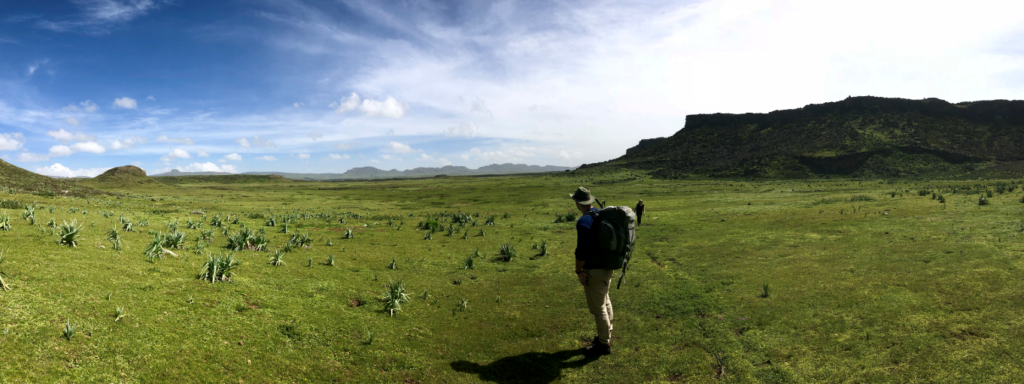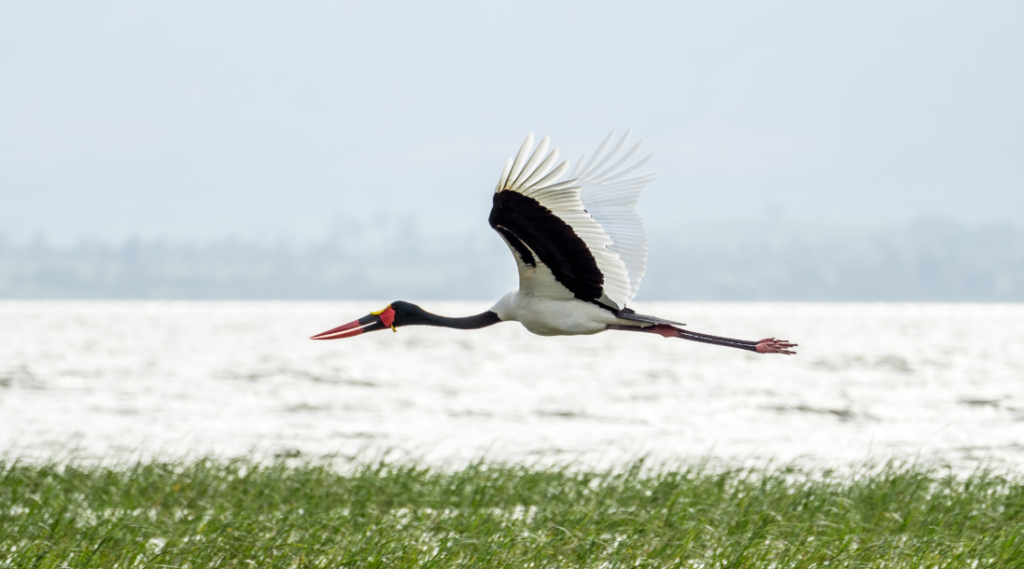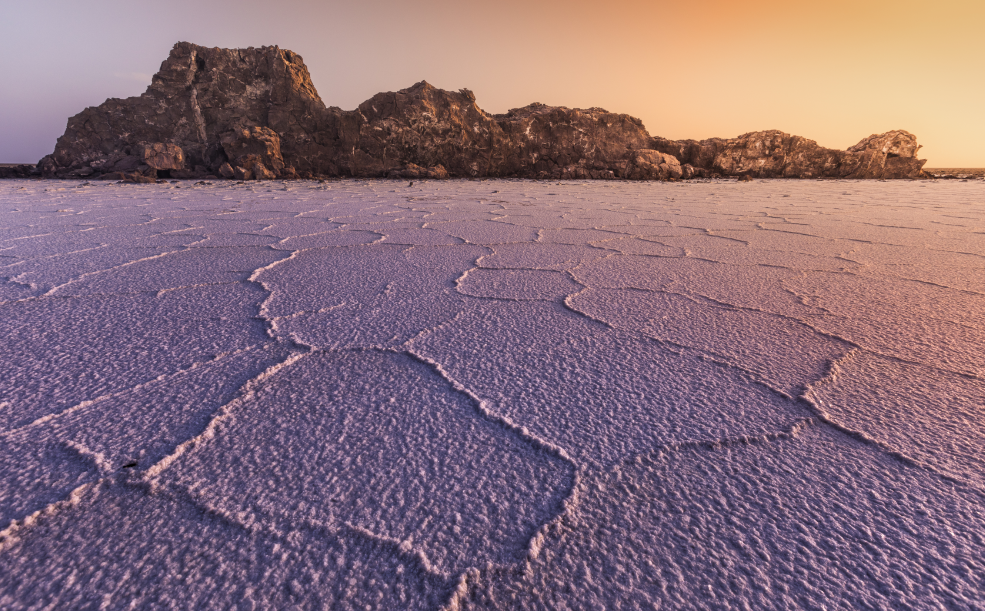Center of endemism and biodiversity
The Bale Mountains – home to one of the highest incidences of endemic species, not only in Africa, but throughout the world – is located in south-eastern Ethiopia, some 400 kilometres from the capital Addis Ababa.
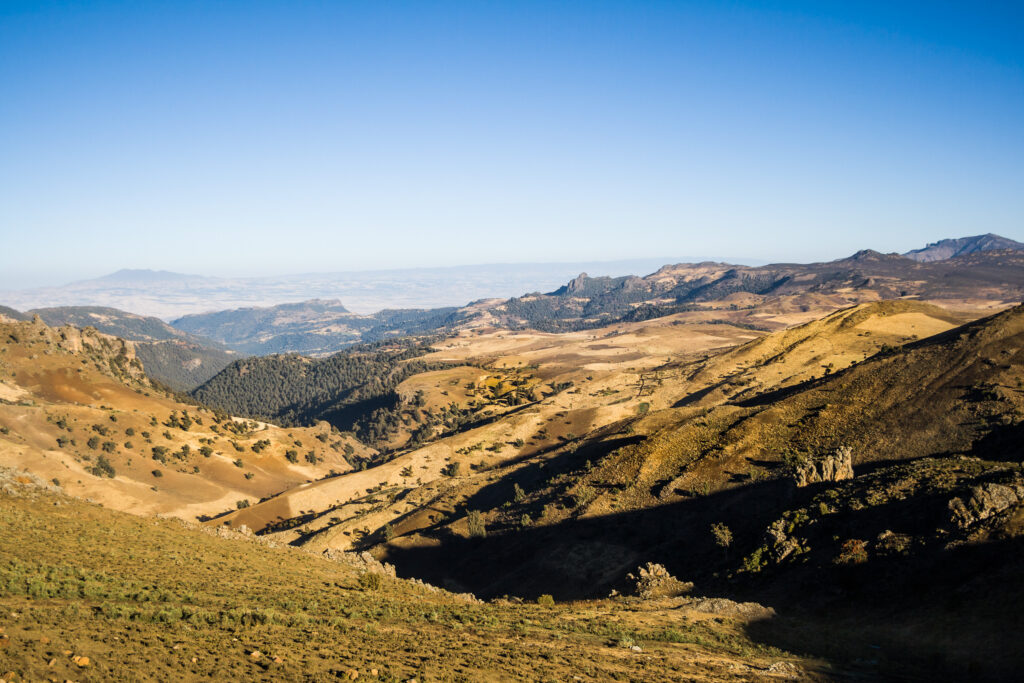
The Ethiopian Highlands undeniably earn a reputable portrayal as ‘the Roof of Africa’, because of its height and the largest continuous area of its altitude in Africa. The highland dominates the central part of the country and the Bale Mountains are parts of the southeastern highland, along the great Ethiopian Rift Valley.
The now striking landscapes, distinct and diverse Afromontane habitats are mainly the result of lava outpouring, glaciation, erosion and alternation of climate. To have one – of – a – kind nature experience of the superb Ethiopian highlands, within the heart of the Bale Mountains, a protected biodiversity paradise awaits to be discovered.
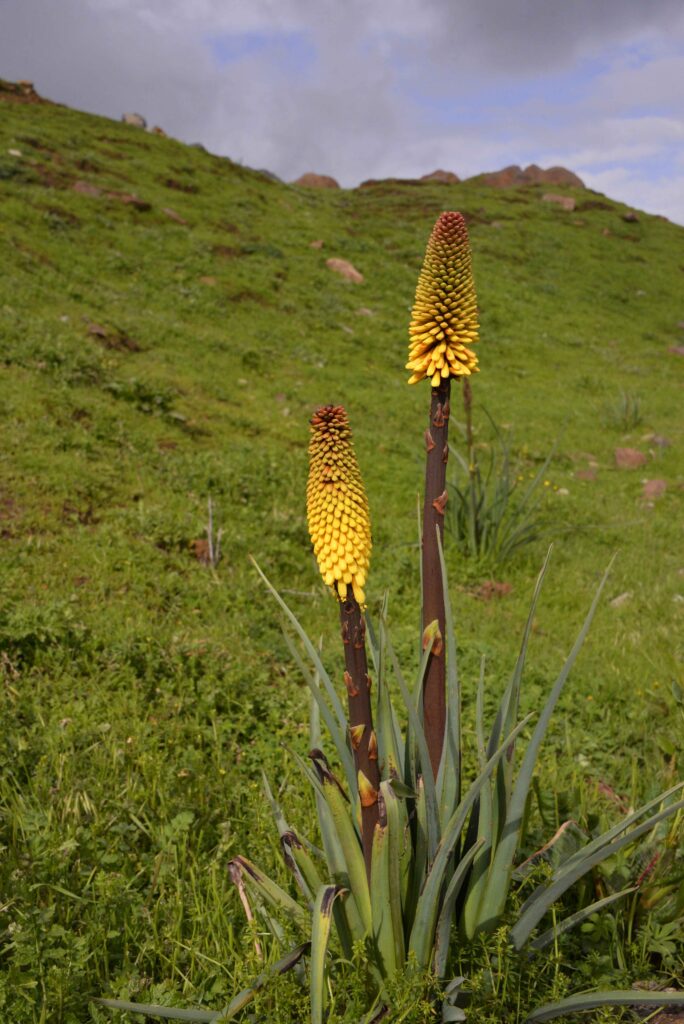
Originated from an inspiring idea of a British naturalist and sprouted from the kernel of a Belgian farmhouse in Dinsho (the now headquarters of the park) – are notable historical facts which directs the establishment of The Bale Mountains National Park in 1970 and to UNESCO list of tentative world heritage sites in 2008.
The Bale Mountains National Park is located in the southeastern Ethiopia within the Oromia region of Bale. It encompasses five unique Afromontane habitats. The Northern Grassland, Juniper- Hagenia Woodlands, Afroalpine Meadows, Erica Belt and Harenna Forest –each offers a unique and vibrant world on its own and honored with details in this content.
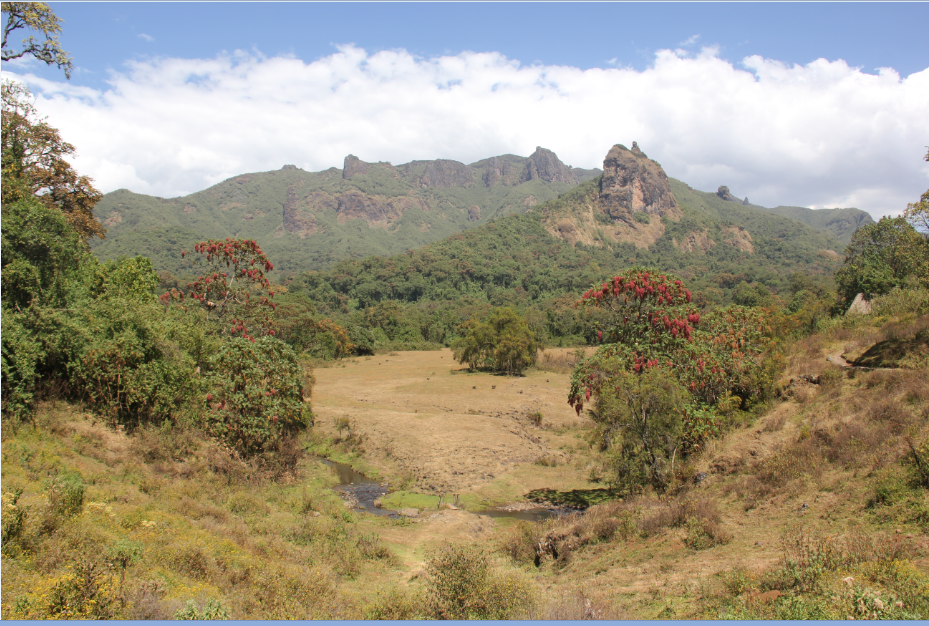
The park protects the world’s expansive Afro-alpine moorland on a Sanetti Plateau with an elevation of 4000 m and graced by the second highest mountain of Ethiopia– Tulu Dimtu stands at 4,377m. Its southern part boasts the second largest forest in the country.
The park is known for its exclusive compilation of Afromontane species which include the world’s largest population of endangered and endemic animals – the Ethiopian Wolf, Mountain Nyala and Bale Monkey. Its superbly diverse and abundant birdlife, brand the park as one of the top birding site in Africa. Birdwatchers can spot the endemic Blue – winged goose, Chestnut – naped francolin, Rouget’s rail and Lammergeyer, to name a few.
The absolute highlight for flower lovers is the spectacular wild alpine display, brimming with scores of rare plants. The park is a sole and proud owner of more than 20 unique plant species and the eye-popping colorful Red hot poker (Kniphofia) plant, is the region’s exclusive signature.
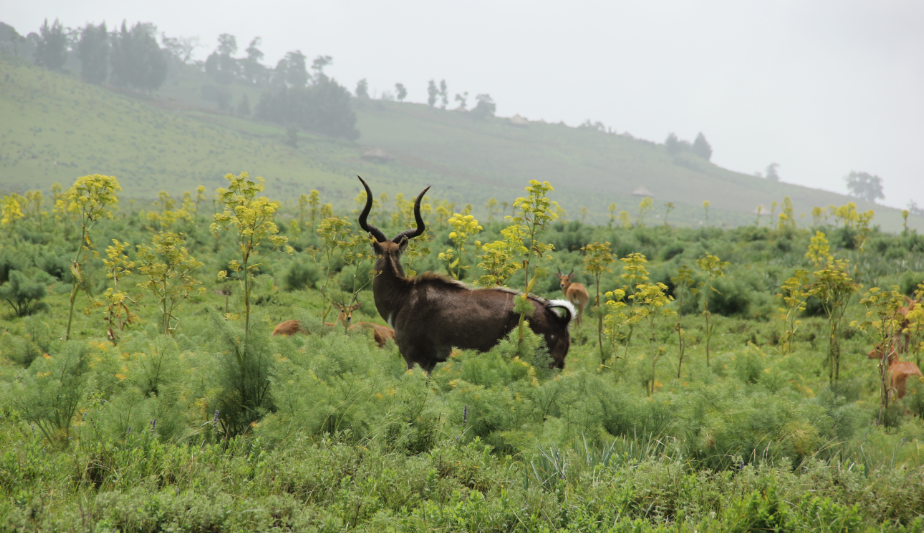
If you desire to explore this unique Afromontane habitat on foot or on horseback, camp in the wilderness, drive on the highest road in Africa – on a scenic plateau – enliven with incomparable wildlife and bird watching or simply seeking serenity – the Bale Mountains National Park is a worthwhile destination.
Getting There
BY AIR
Ethiopian Airlines flies three times to/from Addis Ababa and Goba.
BY BUS
(Of different standards)
Comfortable coach service runs daily to/from Addis Ababa and Goba is available and can be dropped at the headquarters of the park in Dinsho or the nearby Robe town. Different kinds of direct standard buses of lower fare are also available.
MINIBUS
(Connecting through different destinations)
There are mini vans and mid-buses which run daily from Shashemene to Robe and Goba, can also be dropped at Dinsho (park headquarters). Robe and Goba are also connected via minivans.
4WD RENTALS
For comfort and flexibility 4WD cars with driver and tour guide can be arranged and rented from Addis Ababa.
Getting Around
Robe and Goba towns are used as springboards to visit the Bale Mountains National Park. The park can be explored on foot or on horseback. Different kinds of trails and designated campsites are available for overnight visitors. The park can easily be explored in a vehicle as well and 4WD is advisable.
Where to stay
Dinsho village provides basic accommodations. Robe is known for its various budget friendly choices and Goba for its popular mid-range Wabe Shebelle Hotel. The Bale Mountains Lodge provides ecofriendly and upmarket accommodation within the park of the Harenna Forest. For overnight hikers bringing your own camping gears is advisable.
Foods and Drinks
Small eateries in Dinsho village, restaurants and hotels in Robe and Goba offer from basic Ethiopian to Western dishes.
For overnight campers, it is essential to bring your own food and water which can easily be arranged through tour operators. Basic goods, fruits and vegetables can be purchased from the market or local shops and bringing your own favorite snack could be handy.
Here are local specialties which should not be missed – seasonally harvested Bale’s wild forest coffee and organic forest honey from the two Harenna forest villages – Manyete and Rira.
WHEN TO VISIT
October – April is the popular time of year for trekking and wildlife watching as the rain stops and dry season hits quickly. The park is accessible throughout the year and night time temperature can drop below zero so warm clothing is essential.

